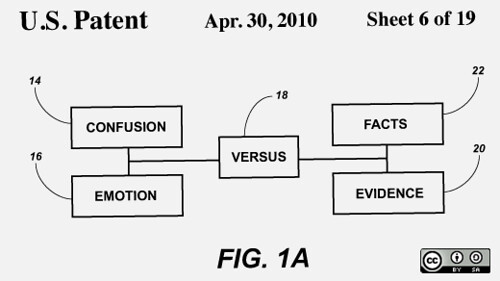
Patent Law: What is the Written Description Requirement?
A “written description” is one of the many requirements for obtaining a patent. The written description requirement is contained in the Patent Act which states that the “specification shall contain a written description of the invention in such full, clear, concise, and exact terms as to enable any person skilled in the art . . […]
Read more about Patent Law: What is the Written Description Requirement?







